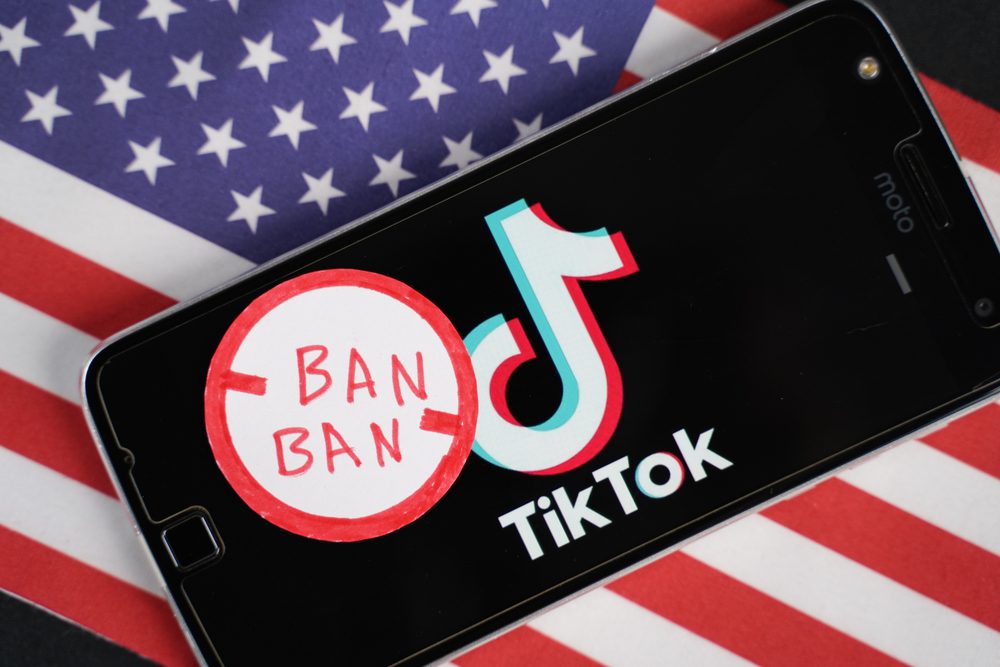TikTok Bye Bye: How to Prepare for the Potential Ban and Transition Your Audience
The social media world is no stranger to abrupt changes and platform shutdowns. As the potential ban on TikTok looms, businesses and content creators are faced with the challenge of finding new ways to engage their audience and continue their digital marketing efforts.
Why TikTok Might be Banned
As of April 24th, 2024, President Biden signed a law that might effectively ban TikTok in the United States if ByteDance, its owning company, doesn’t sell to a U.S.-based corporation within a year. This move stems from security concerns and competitive fairness in the digital space. However, selling the platform without its unique algorithm poses another set of challenges, making the future of TikTok precarious.
Keep Calm and Keep Posting
The first immediate step is to not panic. Continue posting on TikTok as usual while preparing for a potential future without the platform. Maintain the consistency in your content to keep your audience engaged. But also start to think and act proactively about how to transition your audience to other platforms.
Have a Contingency Plan
Having a backup plan is crucial for any platform-dependent business. Reflect on past transitions like the migration from Vine and take steps to prepare for a TikTok-less landscape. Ask yourself: what is your next best platform? Determine where your audience can be migrated seamlessly and start building your presence there.
Start Converting Your Audience Now
Waiting until the last minute is a risky move. Begin the process of converting your TikTok followers to other platforms immediately. Use your TikTok content to direct users to your Instagram, YouTube, or any other social media platform you owe a presence. The idea is to not lose the momentum that you have built over the years on TikTok.
Making the Transition: Strategies and Tips for Alternatives to TikTok
1) Understand Your Audience
The key to a successful transition lies in understanding your audience. Analyze your TikTok analytics to discern what content resonates most with your followers. Use this data to tailor similar high-performing content on other platforms. Knowing what your audience enjoys will help you better adapt to a new platform without losing your unique touch.
2) Utilize Multiple Platforms
Don’t put all your eggs in one basket. Diversify your presence across various social media platforms. Instagram Reels, YouTube Shorts, and Facebook Reels are the closest alternatives to TikTok. However, be open to other platforms that may be better suited for your content and audience. For instance, consider getting active on LinkedIn, Pinterest, or even starting an email list for a more direct line of communication.
3) Offer Exclusive Content
Create a sense of exclusivity to entice your audience to follow you on other platforms. Offer unique content, sneak peeks, or behind-the-scenes footage that’s only available on your new platform. This can create a Fear of Missing Out (FOMO) effect that drives your audience to follow you elsewhere.
Engage Your Audience
Proactively engage with your followers and ask where they would prefer to follow you if TikTok gets banned. Use polls, ask direct questions in your posts, and leverage TikTok’s comment sections to facilitate this conversation. This not only shows that you value their input but also provides a clearer direction for your migration strategy.
Make the Transition Easy
People are inherently lazy when it comes to making changes, even if they love your content. Aim to make the transition as seamless as possible. Offer straightforward calls to action, such as commenting a keyword to get a direct message with a link to your new platform. Automated systems can help make this process smoother and less cumbersome for your audience.
Create a Community
Consider building a community outside of social platforms, such as a private Mighty Networks community or a dedicated subscriber list. This not only gives you more control but also creates a more closed and engaged community. These platforms can serve as a place for exclusive content or to maintain your audience base against future social media disruptions.
Conclusion
The looming ban on TikTok is a stark reminder of the volatile nature of social media landscapes. Yet, with proactive planning and a strategic approach, you can not only survive but thrive through this transition. By keeping calm, converting your audience early, and diversifying your digital presence, you can ensure your content continues to reach and engage your audience, no matter what the future holds for TikTok.
For personalized guidance, be sure to reach out to Tonnisha English-Amamoo through her website, and keep the momentum going with insightful strategy sessions. Remember, adaptability in the digital age is key to sustaining and growing your online presence.
- what’s working
- what’s not working
- what you need to continue to do
- where you can improve




